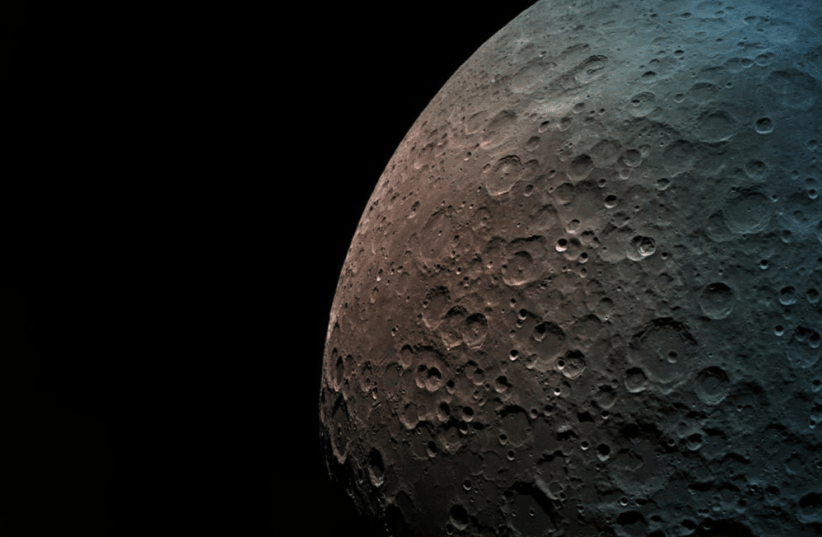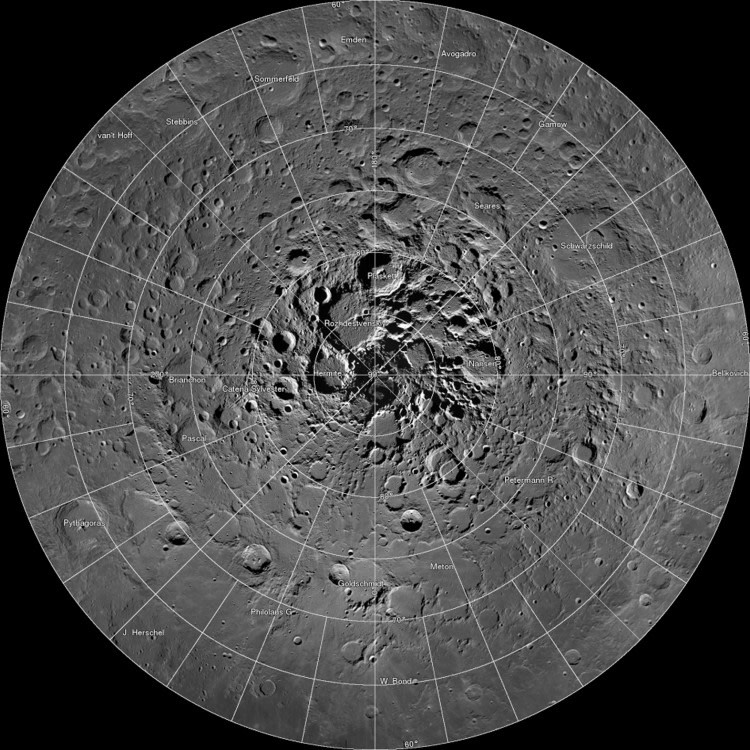Decades ago, the discovery of ice on the moon captivated the world's imagination, yet the origins of this lunar ice have remained an enigma.
Now, a groundbreaking study, recently featured in the journal Nature Astronomy, endeavors to demystify this celestial riddle.
According to the study, a peculiar interplay between electrons, subatomic elementary particles originating from both Earth and the Sun, lies at the heart of lunar water formation.
But how does this intricate process unfold?
As the moon gracefully orbits our Earth, it traverses through a peculiar region known as the magnetotail—a lengthy trail of charged particles trailing in our planet's wake as it journeys through the cosmos.
This magnetotail phenomenon provides a unique natural laboratory for scrutinizing the processes governing lunar surface water formation, explained Shui Li, a planetary scientist hailing from Hui University in Manoa. When these electrons within the magnetic tail interact with the lunar surface, they contribute to the creation of frozen water, the researchers assert.
On the other hand, when the moon lies beyond the magnetotail's reach, its surface absorbs the solar wind.
Nevertheless, researchers are grappling with lingering uncertainties, as this explanation alone does not appear to suffice. Another plausible mechanism involves high-energy electrons reacting upon contact with lunar soil, liberating trapped hydrogen that subsequently combines to form water molecules.
The study's authors posit that these insights could potentially revolutionize our comprehension of lunar water formation, with broader implications for future lunar and planetary missions. Additionally, these findings prompt intriguing questions about the distribution of water throughout our solar system. The research team ultimately underscores the necessity for further exploration and investigation to unravel these cosmic mysteries.

